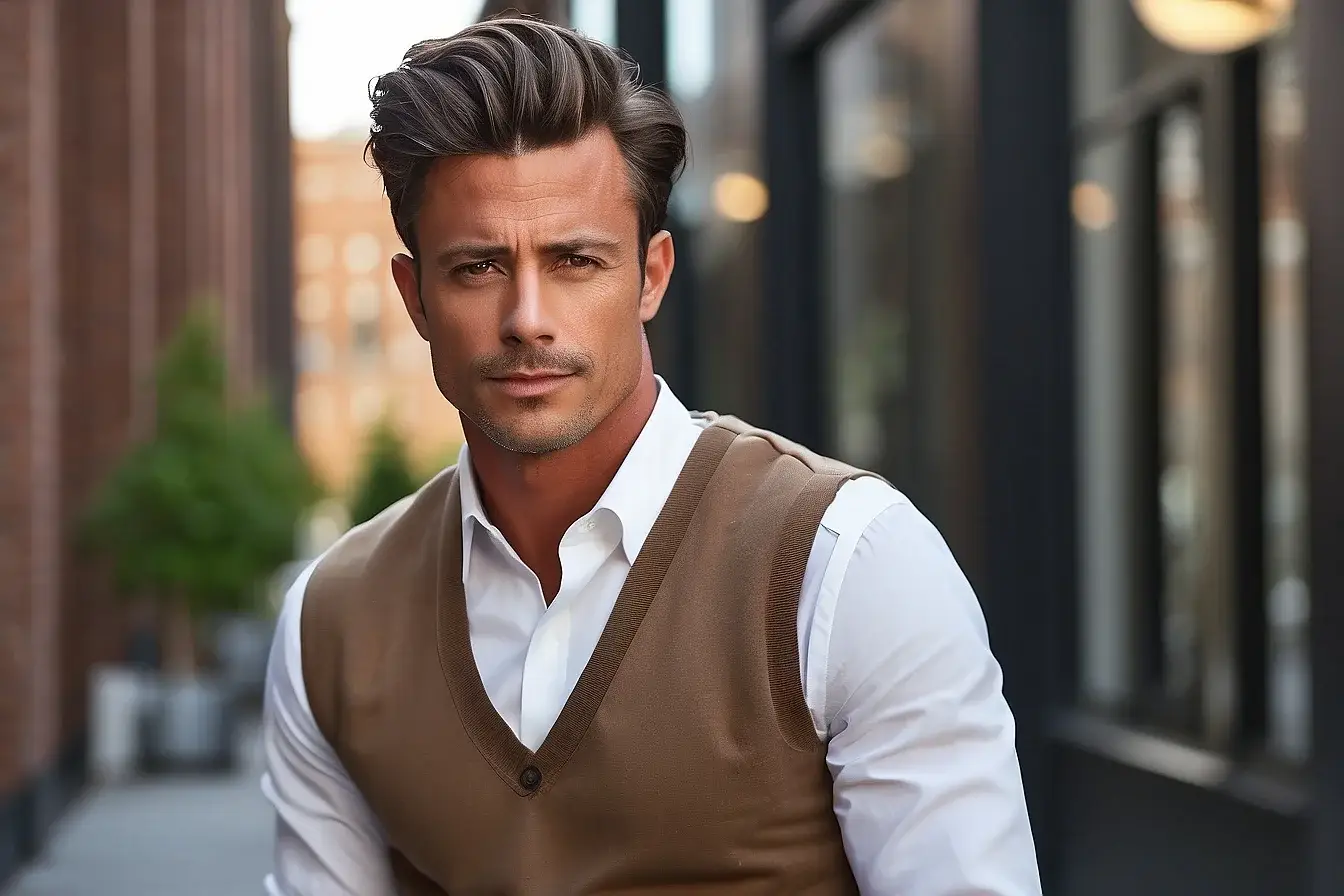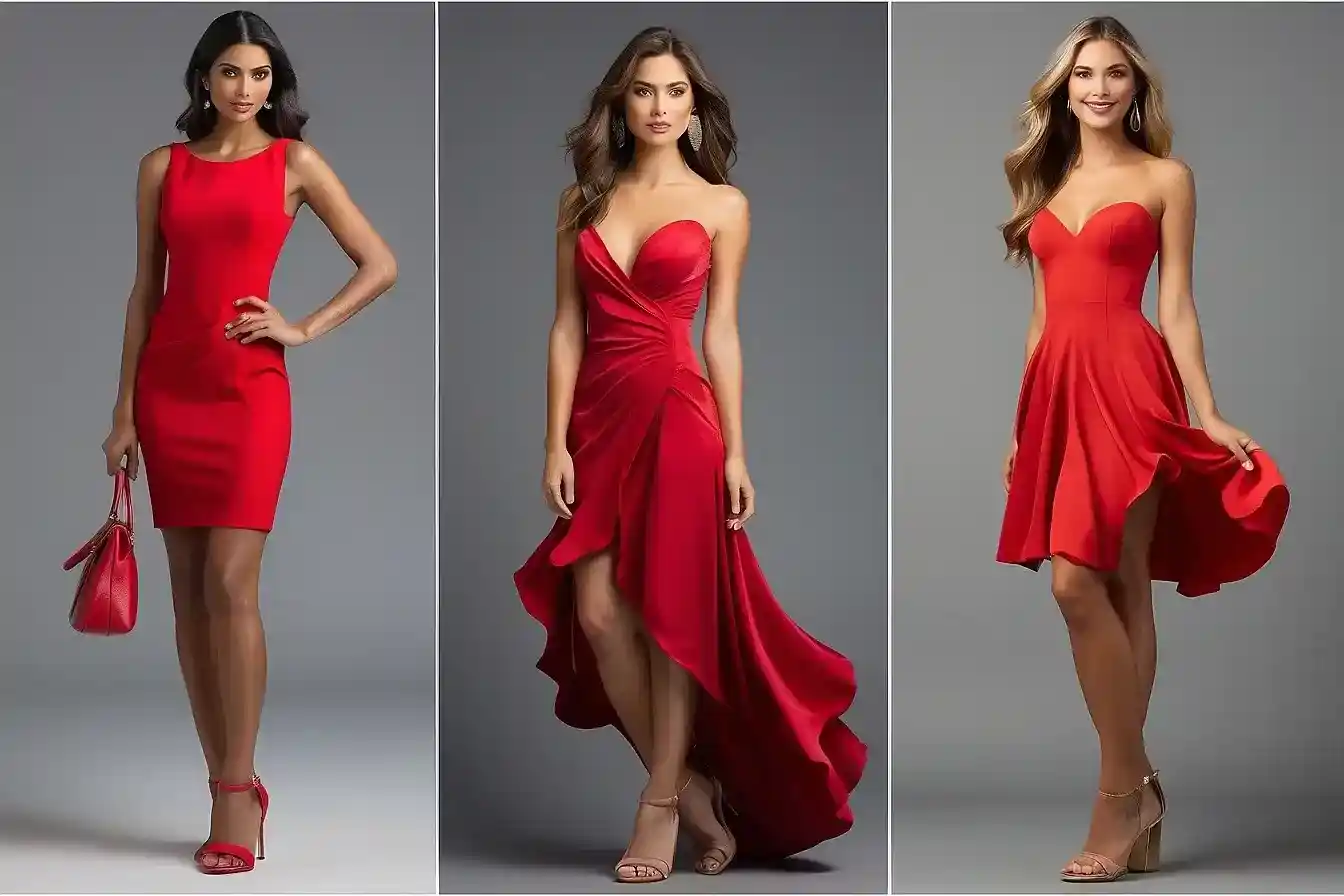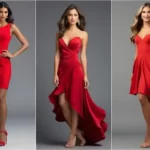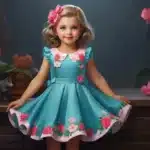Table of Contents
ToggleHistory Of clothing In India- 5 Step Analysis
The history of clothing in India can be traced back to the Indus Valley Civilization, which was one of the earliest civilizations in the world. The people of this civilization were known for their fine craftsmanship and their use of beautiful materials.
Indian dresses highlight the intricacy and charm that they have acquired from our rich culture over the centuries. From ethnic outfits to Indo-Western ensembles, from stunning sarees, salwar suits, Anarkali, shararas, and lehenga cholis to fusion jumpsuits, our fashion industry has evolved extraordinarily with time.
In this article, we will take a look at the history of clothing in India and how it has changed over the years.
Indus Valley Civilization Era- In The Beginning:
The history of Indian fashion began during the Indus Valley Civilization era. India was one of the earliest pioneers of cotton cultivation which the people began to grow and use during the Harappan era around 2500 BCE.
Men of that era often draped an unstitched piece of cloth around their bodies. The men wore turbans, possibly due to the heat, and wore a piece of cloth around their waist that somehow resembled a modern-day dhoti.
Women were often depicted in knee-length skirts leaving their upper body bare. So, it can be concluded that Indian dresses during the Indus Civilisation era were mainly to accentuate attributes of the body rather than cover it.
The dyeing of cotton also began during this era with the major fabrics of that time being cotton and silk.

The Vedic Era:
During the Vedic era, a single cloth draped around the body, across the shoulder was pinned or fastened with a belt and was considered a comfortable attire for hot weather. Paridhana or vasana was a lower garment which was a cloth draped around the waist with a string or belt called as rasana or mekhala. A shawl-like garment worn over the shoulder was called as uttaiya.
Pravara, a third garment was like a cloak mostly worn in cold months. This was a general dressing for both men and women, which only varied in the style of wearing and size. When stitching started during the Vedic period, for women saree was the easiest attire to wear. Later on, a blouse or choli was also incorporated to cover the upper part of the body.
Ghagra choli and dupatta were also introduced later during the Vedic period. Some of the sculptures revealed the used of cloth on the lower body which was pleated in front and held with the help of a long girdle. The girdle at time appeared to the end of the cloth, this might have been a trailblazer to the modern saree. Vedic men were also known to wear dhotis which draped around the waist and separated with pleats. No upper garments were worn by men during the Vedic era.
The Mughal Period:
The Mughal dynasty included luxury clothes that complemented interest in art and poetry. Both men and women were fond of jewellery. Clothing fibres generally included muslins of three types: Ab-e-Rawan (running water), Baft Hawa (woven air) and Shabnam (evening dew) and the other fibres were silks, velvets and brocades. Mughal royal dresses consisted of many parts as listed below:
Men
- Jama: This was considered as the main royal garb of Mughal emperors. It is a tight fitting frock coat with flared skirt up to knee length fastened on the right side of the body.
- Patka: Used to keep the jewelled sword around the waist of jama. The patka is a type of girdle made of a fine fiber which is hand painted, printed or embroidered
- Chogha: These are embroidered, long sleeved coats generally worn over jamas, angrakhas and other garments. It is generally up to knee length and is open from the front.
- Pagri or turban: This was common attire of Mughals and their subjects, as it proclaimed their status. To give a turban to somebody means you are relinquishing your powers to them. On the other hand, the forcible removal of a turban was considered a mortifying disgrace.
Women
Mughal women wore a large variety of ornaments from head to toe. Their costumes generally included Peshwaj, Yalek, Pa-jama, Churidar, Shalwar, Dhilija, Garara and the Farshi , they all included head ornaments, anklets, and necklaces. This was done as a distinctive mark of their prosperity and their rank in society. Headdresses were often worn by Mughal women and were available in various styles.
The Mauryan period:
During the Mauryan dynasty (322–185 BC) evidence of female clothing is available from the statues of Yakshis; the female epitome of fertility. The most common attire of the people at that time was antariya, which they used to wear as a lower garment. Generally made of cotton, linen or muslin and decorated with gemstone, it is fastened at the centre of the waist tied in a looped knot.
A cloth was covered in lehnga style around the hips to form a tubular skirt. An embellished long piece of cloth, hanging at the front, wrapped around the waist is pleated into the antariya is called patka. Ladies in the Mauryan Empire often used to wear an embroidered fabric waistband with drum headed knots at the ends. As an upper garment, people’s main garb was uttariya, a long scarf. The difference existed only in the manner of wearing. Sometimes, its one end is thrown over one shoulder and sometimes it is draped over both the shoulders.
In textiles, mainly cotton, silk, linen, wool, muslin, etc. are used as fibres. Ornaments latched on to a special place in this era also. Some of the jewelleries had their specific names also. Satlari, chaulari, paklari were some of the necklaces. Similarly, bajuband, kangan, sitara, patna were also prominent during that time.
The Gupta period:
The Gupta period is called the golden age of India lasted from 320 AD to 550 AD. Chandragupta was the founder of this empire. Stitched garments became very popular in this period only. Stitched garments became the sign of royalty. But antariya, uttariya, and other clothes still were in use.
The antariya worn by the women turned into gagri, which has many swirling effects exalted by its many folds. Hence dancers used to wear it a lot. As it is evident from many Ajanta paintings, women used to wear only the lower garment in those times, leaving the bust part bare. Later on, various kinds of blouses (Cholis) evolved. Some of them had strings attached leaving the back open while others was used to tie from front side, exposing the midriff.
Calanika was an antariya which could be worn as kachcha and lehnga style together. Women sometimes wore antariya in saree style, throwing one end of it over the shoulder, but the main feature is that they did not use it to cover their heads as it was prominent in earlier periods.
Clothing in Gupta period was mainly cut and sewn garments. A long sleeved brocaded tunic became the main costume for privileged people like the nobles and courtiers. The main costume for the king was most often a blue closely woven silk antariya, perhaps with a block printed pattern.
In order to tighten the antariya, a plain belt took the position of kayabandh. Mukatavati (necklace which has a string with pearls), kayura (armband), kundala (earring), kinkini (small anklet with bells), mekhala (pendant hung at the centre, also known as katisutra), nupura (anklet made of beads) were some of the ornaments made of gold, used in that time. There was an extensive use of ivory during that period for jewellery and ornaments.
Colonial Era Of Fashion In India:
The British rule in India resulted in the usage of the clothing made by them. In order to minimize the usage of British industrial goods, Mahatma Gandhi started the Swadeshi movement and propagated the production of the hand-woven fabric known as Khadi.
In the history of fashion, the next era was inspired by international trends. Women in this era were fashion conscious and started wearing skirts and pants.
The glittering gowns inspired by Hollywood movies came into fashion. Long-sleeved gowns were created using various fabrics such as satin and silk. The usage of lace was also seen during this time.
Bollywood Fashion:
During the period of 1970s, 80s and 90s, Bollywood-inspired fashion came into existence. Three-piece outfits were popular during the 70s. Fashion trends including stylish collars, flared pants and leather jackets were preferred. Women started teaming designer blouses with Bollywood-inspired sarees. Stylish salwar suits became popular among girls. Different types of necklines such as halter, sweetheart and high necklines were on trend. Women also adopted western culture’s trends like denim jeans, floral and polka-dot clothing.
Modernization of Indian fashion took place around the 80s and 90s. Some fashion brands have established themselves in India and with the adoption of Western culture, fusion outfits came into existence. Actors and actresses became the style icons of the younger generation. The influence of Bollywood movies and cable TV grew, and the fashion market flourished. In 90s, Indian ethnic dresses, such as designer sarees and salwar suits were preferred by women.
Full-length skirts and jeans were also on trend. Floral prints and bold accessories like sunglasses became popular too. According to fashion experts, Indians embraced western styles throughout the decades that followed the 1990s, and the outfits became bold and stylish.
CONCLUSION-
Fashion is ever-evolving and ever-changing and its history is difficult to encompass in a single box. The ethnic fashion in India is stronger than ever with a lot of emphasis on the revival of handlooms and local craftsmanship. The influence of global fashion on Indian dressing and clothing is also increasing by the day which makes Indian fashion more versatile. Our choices are and will continue to get influenced by what is in and what is out but we can proudly say India has the most colorful and vibrant spectrum of fashion which is evergreen!








